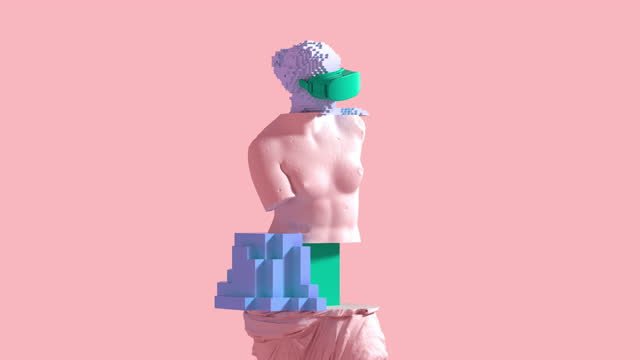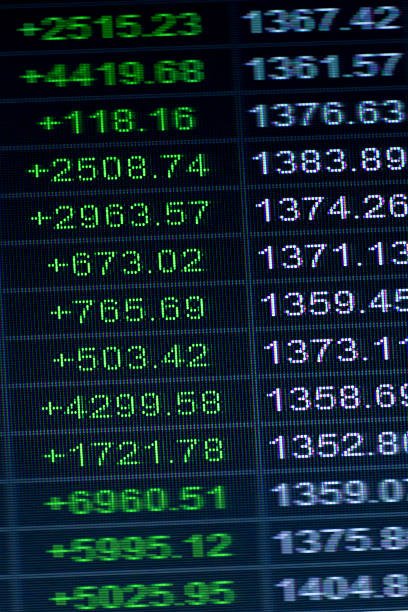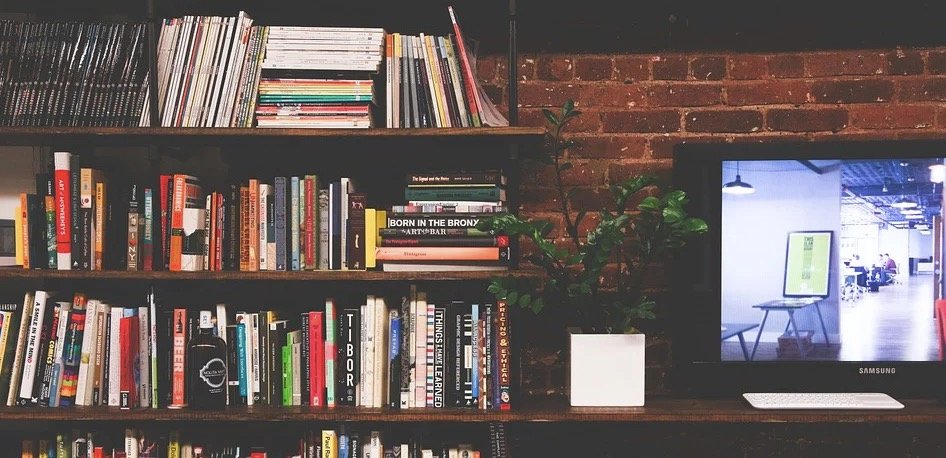What are some examples of technological innovation inspired by art?
“It is the supreme art of the teacher to awaken joy in creative expression and knowledge,” Albert Einstein once said. This iconic statement couldn’t be more fitting as we explore the mutually inspiring realms of art and technology. In an era dominated by the rapid progression of technological advancements, it’s easy to overlook the profound influence that art has had in shaping these innovations. According to a report by the National Endowment for the Arts, more than half of all workers in science, engineering, and healthcare are engaged in the arts as either artists or hobbyists. This statistic speaks volumes about the interconnection between the two disciplines and how they feed off each other’s creativity and vision.
In 2019, a landmark exhibition at the Barbican Centre in London titled “AI: More than Human” showcased how artificial intelligence isn’t just an offshoot of computer science but deeply rooted in artistic endeavor. The exhibition featured artworks that used AI as both a tool and a medium, echoing the long-standing relationship between technological innovation and artistic exploration. Similarly, many will recall the 2011 event where IBM’s Watson defeated two of the greatest “Jeopardy!” champions. But few may know that Watson’s algorithms were later used to create an entirely new kind of art, sparking debates and conversations around the capabilities of machine-made art.
With numerous real-world examples like these, it becomes evident that art and technology are more intertwined than they appear at first glance. Through this discourse, we delve into this intricate relationship, pulling examples from history and the present day to demonstrate how the abstraction of art and the concreteness of technology are not opposing forces, but rather complementary aspects of human ingenuity. As we navigate through this fascinating journey, we’ll discover that art doesn’t just imitate life; it also inspires the technological tools that enhance it.
What Are Some Examples of Technological Innovation Inspired by Art?
Art has been a significant catalyst for technological innovation across various industries. Virtual Reality (VR) and Augmented Reality (AR) technologies, for instance, were influenced by artists’ long-standing desire to create immersive experiences for their audiences. This artistic aspiration led to the development of digital platforms where people could step into interactive, visually-rich worlds. Another example is generative art, which is rooted in the historical movements that sought to create art through algorithms or systematic processes. This idea has evolved into complex software that generates unique artworks based on predetermined algorithms. 3D printing, too, has been influenced by the ancient art of sculpture, transforming the way digital designs become tangible, three-dimensional objects. Even projection mapping, used to project visual art onto irregular surfaces like buildings, has its roots in artists’ experimental endeavors to bring static structures to life. Therefore, art doesn’t just reflect societal changes; it often acts as a driving force behind technological advancements.
The intersection of art and technology is a vast and fascinating realm. Throughout history, artists’ imaginations have not only reflected societal change but have also catalyzed technical evolution. When we think of technological advancements, we often associate them with scientific research and development. However, art has played an undeniably influential role in inspiring technological leaps. Here are some prominent examples:
- Virtual Reality (VR) and Augmented Reality (AR):
- Inspiration: Artists have always aimed to immerse their audiences, creating worlds and atmospheres that consume the viewer’s senses. This desire for immersion paved the way for the development of VR and AR tools.
- Technological Implementation: Today, VR and AR technologies allow users to step into meticulously crafted digital worlds or overlay digital information onto the real world. This technology is now used for gaming, education, medical training, and more.
- Generative Art:
- Inspiration: The concept of creating art through a set system or algorithm has its roots in movements like the Dadaists or the work of Sol LeWitt.
- Technological Implementation: Modern software can generate unique artworks based on algorithms. Artists set parameters, and the software creates art, often producing unexpected and beautiful results.
- 3D Printing:
- Inspiration: Sculpture, an ancient art form, involves crafting three-dimensional objects. The evolution of sculpture inspired innovations that could translate digital designs into tangible objects.
- Technological Implementation: 3D printing, once a concept of science fiction, has become a reality. Artists and designers now use 3D printers to create intricate artworks, fashion pieces, and even architectural structures.
- Projection Mapping:
- Inspiration: Artists have long played with the idea of turning static structures into dynamic canvases, bringing life to inanimate objects.
- Technological Implementation: Projection mapping uses technology to project artwork or imagery onto irregularly shaped objects, such as buildings or stages, turning them into dynamic displays. Events, music festivals, and theater productions have adopted this technology for visually stunning effects.
- Digital Animation and CGI (Computer Generated Imagery):
- Inspiration: Hand-drawn animations and the dreamlike works of painters provided a vision of worlds where the usual rules of physics and reality didn’t apply.
- Technological Implementation: Modern films and video games make use of sophisticated CGI to create hyper-realistic, yet imaginative landscapes, characters, and scenarios that were once confined to paintings and drawings.
- Interactive Installations:
- Inspiration: The idea of art being a two-way conversation, where the viewer is also a participant, has been a driving factor behind many modern art installations.
- Technological Implementation: Today’s interactive art often employs sensors, cameras, and software to create pieces that respond to a viewer’s presence or actions, fostering a deeper connection between the viewer and the artwork.
In conclusion, art and technology exist in a symbiotic relationship. The dreams and imaginations of artists often lay the groundwork for engineers and scientists to turn fiction into reality. As society continues to advance technologically, it’s exciting to speculate on how the artworks of today might shape the innovations of tomorrow.






